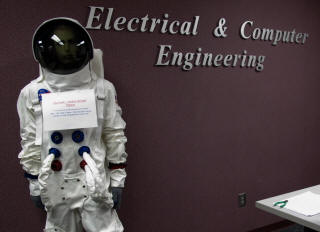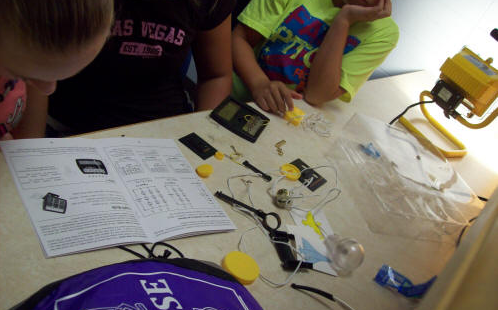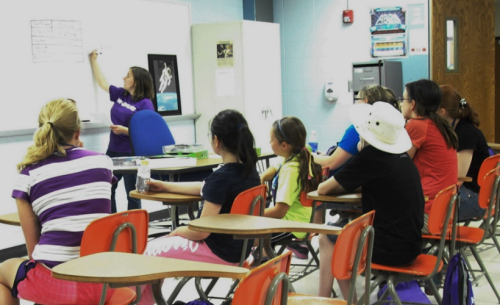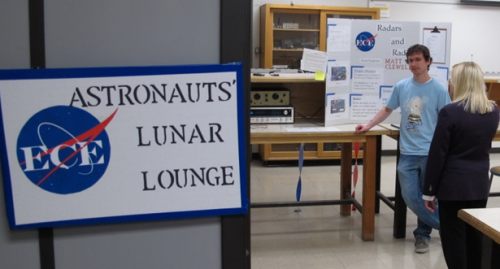Task 5 - Outreach and Education

Task 5 has two major components: diversity within the team and public outreach. Incorporating undergraduate students introduces diversity to the project as they research commercially available sensors. To further our success in outreach, we are partners with the K-State Office for the Advancement of Women in Science and Engineering and the Multicultural Engineering Program. Both groups encourage minority students and women to participate in STEM fields. KAWSE hosts summer camps for girls in both middle school and high school. MEP conducts various workshops for middle school and high school minority students. We are currently working with both groups to conduct these workshops.

A typical work shop consists of a "laboratory" assignment, which the participants complete in groups. K-12 students from all over Kansas come to learn more about electronics and electrical engineering. These students have the ability to work with solar panels, DC motors, and various electronic components. After each group completes their lab assignment, the students gather for a brief lecture given by one of our graduate students, Amy Hodges, which is merely a review of the lab the students just completed. This program has been very successful in teaching young students the basics of electrical engineering and show casing the basics of a career in electrical engineering.
Another part of this task was preparing a module for K-State's annual Open House. The display consisted of several of the sensors that were under investigation in Task 1, a microtransceiver designed for use on Mars, a replica Astronaut's suit, among many other components.
Besides providing electronics-based workshops for primary school students, Task 5 is also repsonsible for providing K-State electrical engineering students the invaluable experience of reverse-engineering modern commercial products. Various undergrads, funded via this research project, were tasked with determing which commercial health-monitoring products were best for the needs of Task 1, selecting one of those products for purchase, and lastly "tearing it down" in an attempt to understand how the product works. In the picture below, a commercial health sensor, and its bare circuit board, can be seen.



